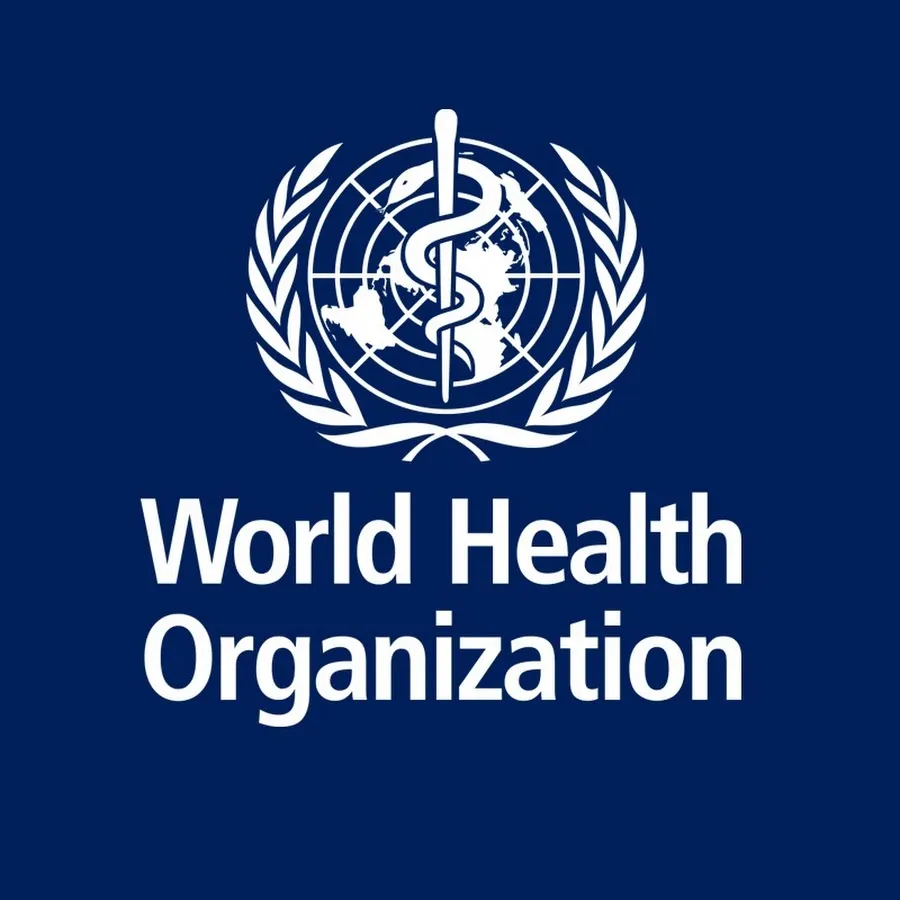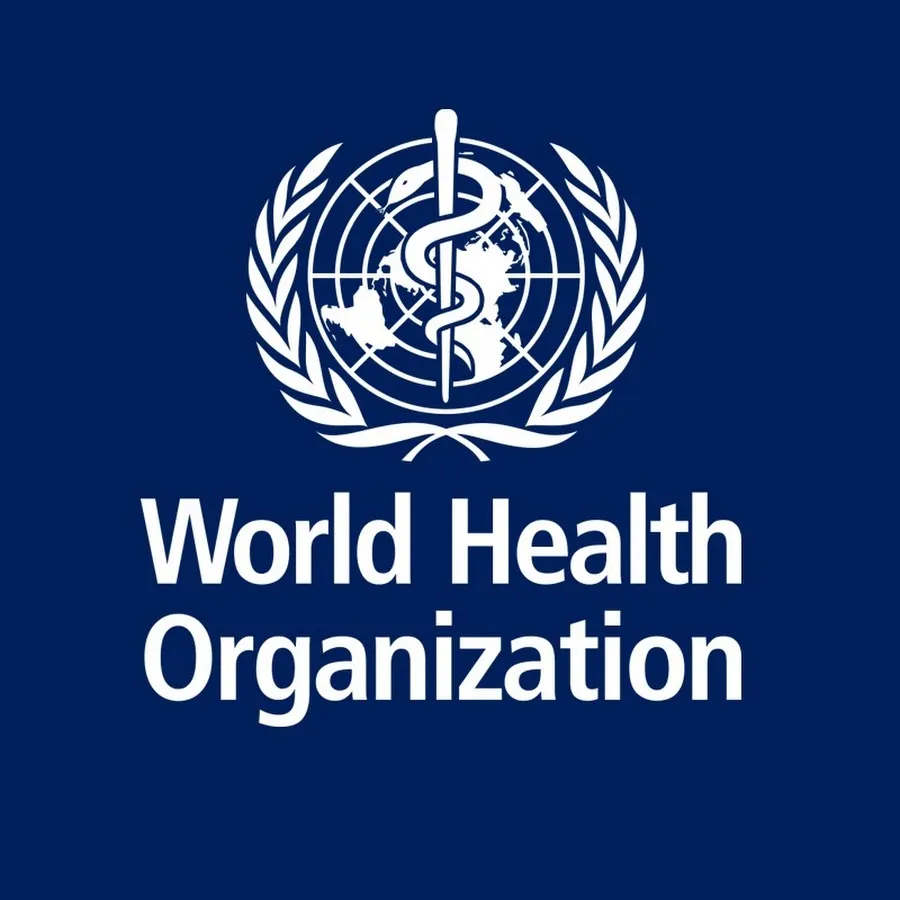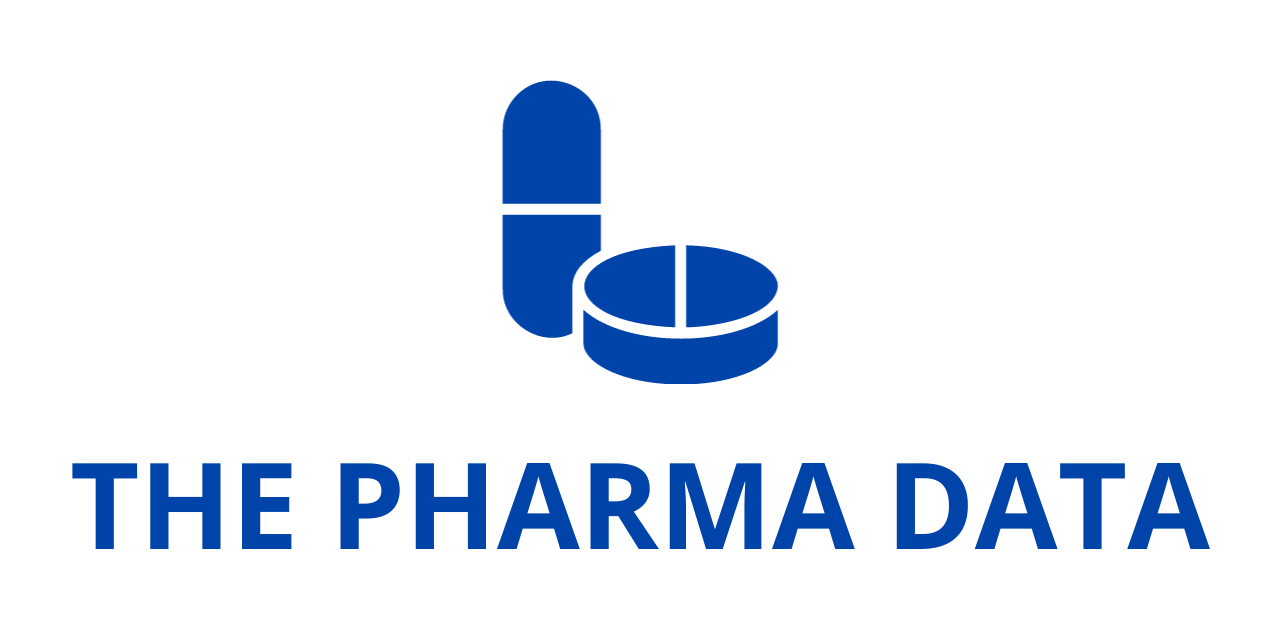
WHO Expands Essential Medicines Lists to Include Landmark Treatments for Cancer, Diabetes, and Other Major Disease
The World Health Organization (WHO) has announced a major update to its Model Lists of Essential Medicines (EML) and the Essential Medicines for Children (EMLc), incorporating a range of groundbreaking therapies that reflect the evolving landscape of global health challenges. Among the most notable inclusions are new cancer immunotherapies and diabetes treatments, alongside medicines for obesity, cystic fibrosis, psoriasis, haemophilia, and a number of blood-related disorders.
These updates, unveiled in the 24th edition of the EML and the 10th edition of the EMLc, reinforce WHO’s commitment to ensuring equitable access to medicines that address the most pressing public health needs. More than 150 countries rely on these model lists as a foundation for procurement, reimbursement, and health insurance policies, meaning that changes carry significant ripple effects across health systems worldwide.
Dr. Yukiko Nakatani, WHO’s Assistant Director-General for Health Systems, Access and Data, emphasized the transformative potential of the revisions:
The new editions of essential medicines lists mark a significant step toward expanding access to new medicines with proven clinical benefits and with high potential for global public health impact.”
The Global Role of Essential Medicines Lists
First launched in 1977, the WHO Model Lists were initially developed to help low- and middle-income countries improve access to affordable, lifesaving medicines. Over time, however, the lists have become a universal policy tool, shaping national formularies, influencing donor procurement, and guiding public health programs.
Today, the EML and EMLc act as reference points for universal health coverage (UHC). By identifying medicines that are considered essential, WHO encourages governments to allocate resources toward treatments that have demonstrated both clinical effectiveness and cost-effectiveness, ensuring maximum population health impact.
The latest review process involved 59 applications, including 31 proposals for new medicines or classes. The Expert Committee on the Selection and Use of Essential Medicines evaluated these submissions using rigorous criteria centered on safety, efficacy, comparative clinical benefit, and potential for reducing inequities in access to care.
The final outcome:
- 20 new medicines added to the adult EML
- 15 new medicines added to the EMLc
- 7 expanded indications for existing medicines
With these inclusions, the total now stands at 523 medicines for adults and 374 for children, representing the backbone of treatment strategies for conditions that account for the majority of global disease burden.
Spotlight on Cancer: Expanding Access to Immunotherapies
Cancer remains a formidable global challenge, ranking as the second leading cause of death worldwide, responsible for nearly 10 million deaths annually. It also accounts for one in three premature deaths from noncommunicable diseases (NCDs), placing immense pressure on health systems, families, and economies.
In the last decade, cancer treatments have become a particular focus for WHO’s EML deliberations. Yet, despite the large number of new cancer drug approvals each year – with oncology medicines now representing nearly half of all regulatory approvals – only a limited number meet the threshold for inclusion on the essential medicines lists.
The Expert Committee applies stringent criteria: medicines must demonstrate clear survival benefits, typically extending life by at least 4 to 6 months, and show evidence of cost-effectiveness and public health relevance.

In 2025’s update, seven applications covering 25 cancer medicines were assessed. The Committee gave particular attention to immune checkpoint inhibitors (ICIs), which have reshaped oncology care by harnessing the immune system’s ability to recognize and attack cancer cells.
Key Additions:
- Pembrolizumab was added to the EML as a first-line monotherapy for:
- Metastatic cervical cancer
- Metastatic colorectal cancer
- Metastatic non-small cell lung cancer (NSCLC)
- Atezolizumab and cemiplimab were recognized as therapeutic alternatives for NSCLC, broadening the range of available immunotherapies for one of the most common and deadly cancer types worldwide.
The Committee also reviewed strategies to improve access to these high-cost treatments. Among the endorsed measures were:
- Dose optimization approaches to reduce costs without compromising efficacy.
- Health system reforms to enhance delivery capacity for advanced therapies.
- Evidence-based prioritization of patients most likely to benefit, ensuring efficient use of limited resources.
The overarching goal is to reduce inequities in cancer care, especially in low- and middle-income countries where access to cutting-edge therapies remains scarce.
Diabetes and Obesity: Tackling Two Interlinked Epidemics
Diabetes and obesity represent two of the fastest-growing health crises of the 21st century. According to WHO, more than 800 million people were living with diabetes in 2022, half of whom lacked proper treatment. Meanwhile, obesity affects over 1 billion people globally, with prevalence rising sharply in low- and middle-income countries due to dietary changes, sedentary lifestyles, and socioeconomic factors.
These conditions often coexist and are major risk factors for cardiovascular disease, kidney failure, and premature death. As such, the inclusion of new therapies for diabetes and obesity in the essential medicines lists marks a landmark shift.
Breakthrough Therapies Added:
The Expert Committee reviewed compelling evidence for GLP-1 receptor agonists, a class of medicines that not only improve glycemic control but also confer cardiovascular and renal protection, support weight loss, and reduce mortality risk.
The following were added to the EML:
- Semaglutide
- Dulaglutide
- Liraglutide
- Tirzepatide (a dual GLP-1/GIP receptor agonist)
These medicines are recommended for:
- Adults with type 2 diabetes mellitus who also have established cardiovascular disease or chronic kidney disease
- Adults with obesity (BMI ≥ 30 kg/m²)
This marks the first time that therapies explicitly targeting obesity have been included in WHO’s essential medicines lists, underscoring the recognition of obesity as a disease in its own right with severe health consequences.
Challenges of Access:
Despite their clinical value, these medicines remain prohibitively expensive in many settings. High prices for semaglutide and tirzepatide have created inequities, with access largely limited to wealthier countries.
WHO outlined several strategies to mitigate this:
- Prioritization of patients most likely to benefit (e.g., those with comorbid cardiovascular or renal disease).
- Encouraging generic competition to drive down prices.
- Expanding access through primary care delivery models, especially in resource-limited regions.
Dr. Deusdedit Mubangizi, WHO’s Director of Policy and Standards for Medicines and Health Products, highlighted the urgency of systemic solutions:
A large share of out-of-pocket spending on noncommunicable diseases goes toward medicines, including those classified as essential and that, in principle, should be financially accessible to everyone. Achieving equitable access to essential medicines requires a coherent health system response backed by strong political will, multisectoral cooperation, and people-centred programmes that leave no one behind.”
Beyond Cancer and Diabetes: Broader Additions to Address Diverse Needs
While cancer and diabetes took center stage, the updated lists also include medicines for a range of other conditions, ensuring a holistic response to global health challenges.
Key New Inclusions:
- Cystic Fibrosis: Therapies addressing this chronic genetic disease, which has historically suffered from limited treatment access outside high-income countries.
- Psoriasis: Expanding dermatological care, recognizing the impact of severe skin conditions on quality of life.
- Haemophilia: Inclusion of advanced therapies for blood clotting disorders, ensuring access to lifesaving treatments in emergencies.
- Blood-related Disorders: Broader recognition of hematologic conditions that require sustained, equitable access to therapies.
These additions reflect a growing emphasis on equity in noncommunicable disease management, moving beyond infectious diseases to address the full spectrum of health challenges facing populations worldwide.
Implications for Global Health Systems
The inclusion of new medicines in WHO’s EML and EMLc has practical and symbolic significance. Practically, it guides procurement priorities for governments and international donors, ensuring that resources are directed toward medicines with the highest population health impact. Symbolically, it signals global consensus that these therapies are no longer optional but essential.
For low- and middle-income countries, adopting these medicines into national formularies may require:
- Policy reforms to strengthen procurement and reimbursement systems.
- Negotiations with pharmaceutical companies to achieve affordable pricing.
- Capacity building to ensure proper delivery, monitoring, and follow-up.
The long-term payoff is substantial. Expanding access to effective therapies for cancer, diabetes, and obesity could reduce premature mortality from NCDs, advance progress toward the Sustainable Development Goals (SDGs), and improve health equity across regions.
A Milestone in Global Health Policy
The 2025 updates to WHO’s Model Lists of Essential Medicines mark a milestone moment in the evolution of global health policy. By recognizing breakthrough therapies in oncology and metabolic diseases, while also addressing chronic conditions like cystic fibrosis and haemophilia, the revised lists reaffirm WHO’s role as a global steward of equitable access to healthcare.
The challenge now lies in implementation. Countries must translate these global recommendations into national action, ensuring that medicines listed as essential are not only available but also affordable and accessible to those who need them most.
As Dr. Nakatani emphasized, the real measure of success will be the degree to which these changes translate into lives saved and health improved worldwide.




